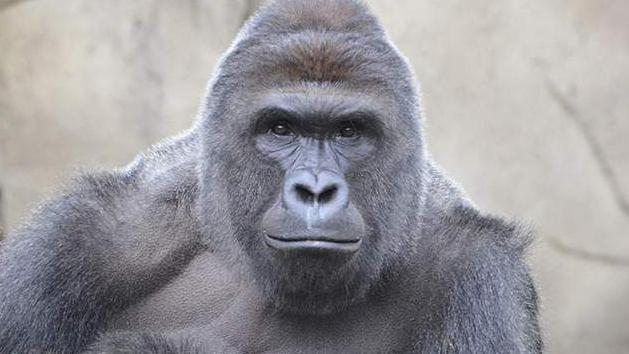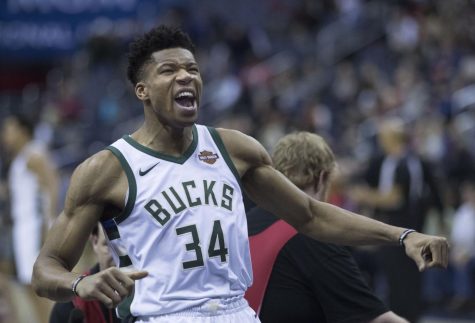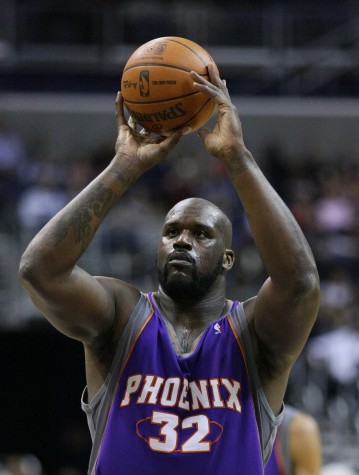The Evolution Of The Big Man
November 3, 2020
Despite the NBA’s constant evolution, the dominance of the big man has persevered. Though centers have adapted over time, they remain the most important players on the court. Looking back, NBA history is divided into three eras: 1950’s-1970’s, 1980’s-2000’s, and 2010’s-present. In the early era, George Mikan, Bill Russell, and Wilt Chamberlain dominated with their overwhelming size. In the middle era, a golden age of big men that included Kareem Abdul-Jabbar, Hakeem Olajuwon, Shaquille O’Neal, and Tim Duncan revived the NBA. These big men were more physical and technical than their previous counterparts. In today’s era, one unorthodox team has forced centers to improve greatly and rapidly.
The NBA had been dominated by its tallest players until Steph Curry and the Golden State Warriors revolutionized the sport with their efficient, three-point heavy offense, proving that a shooting team could win a championship. Their small-ball lineup, only featuring players 6’7 and under, created mismatches for opponents. The Warriors cracked the code by prototyping several “point forwards,” wing players capable of shooting, passing, dribbling, and defense all while possessing elite athleticism. The rest of the NBA, eager to match Golden State, began to rely less on centers and more on point forwards. This movement caused many elite big men such as Dwight Howard to lose effectiveness, but in doing so, it created the most influential position of today’s era: the unicorn. A “unicorn” is a big man that can do everything a point-forward can do but with a seven-foot frame. Look no further than the 2020 Finals. Anthony Davis, the Lakers’ anchor, dominated Miami on offense, averaging 25 points and 42 3PT%, and defense, guarding 6’6 Jimmy Butler on the perimeter. Bam Adebayo, the Miami center, played point guard on offense while proving to be a defensive juggernaut. Much like a chess queen, a unicorn possesses every capability, making it the most dangerous position.
The return of the big man has not only dispelled the notion that guards dominate today’s league, but it has also challenged the greats of the past. When Steph Curry won MVP twice, teams began to run their offenses through their point guards rather than their big men. Earlier, offenses would either isolate the center in the post or run pick-and-roll with the center to create penetration and easy shots. The Warriors strictly used their big men as off-ball screeners for their guards. With the dawn of the unicorn, teams have reimagined ways to play through their big men. Nikola Jokic practically plays quarterback, Kristaps Porzingis bombs threes from the logo, and Karl-Anthony Towns isolates from the perimeter. Whether today’s big men are better than those of the past is a tricky question. In terms of skill, today’s big men are better basketball players than previous centers. Anthony Davis can do more on a basketball court than Bill Russell or Tim Duncan could, especially offensively. This doesn’t even include seven-footers like Kevin Durant and Giannis Antetokounmpo, who are skilled enough to play point forward, but would’ve played center in previous eras. In terms of impact, past big men far surpass current big men. Wilt Chamberlain averaged 50 points while Shaq dunked every time he posted up. It’s simply impossible for a team to win a championship today with a center as its best player, whereas it was the norm to do so earlier. In conclusion, the Warriors forced centers to adapt their game to match point forwards, and this evolution of the big man represents the evolution of basketball as a whole through the advancement in skill and versatility.













